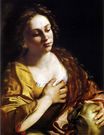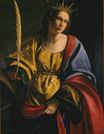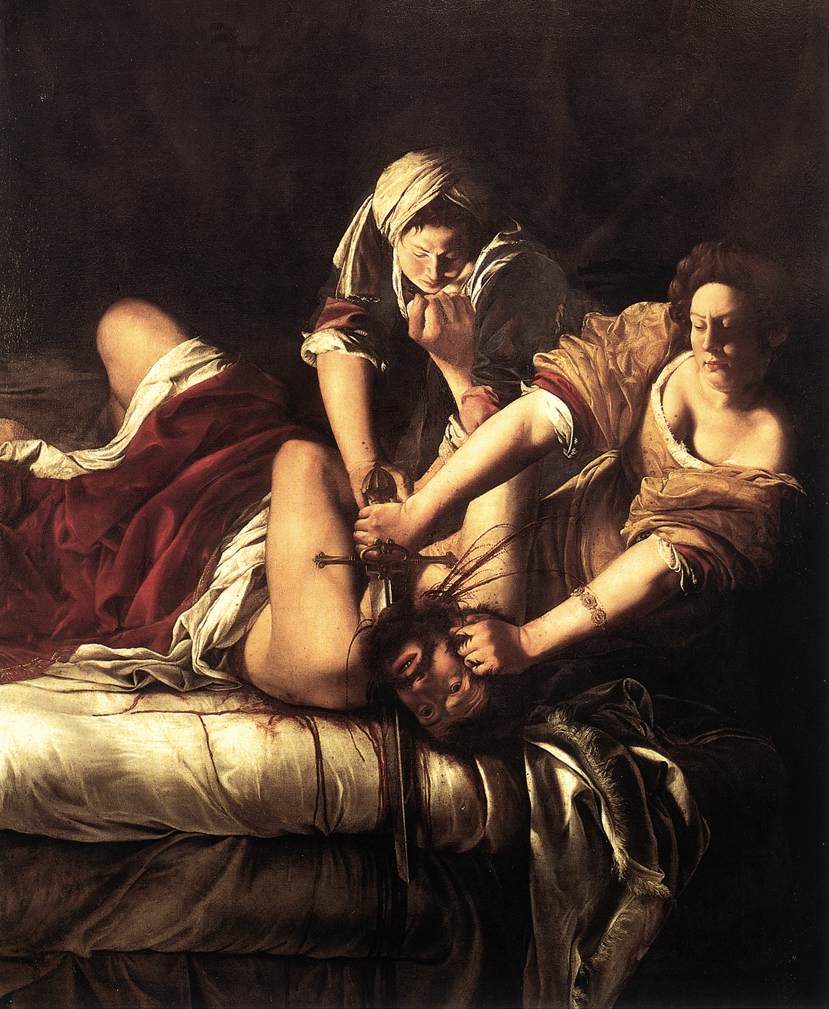Artemisia Gentileschi - Judith Beheading Holofernes 1620
 |
 |
 |
 |
 |
 |
 |

Judith Beheading Holofernes 1620
158x125cm oil/canvas
Uffizi Gallery, Florence, Italy
The image is only being used for informational and educational purposes
<< Previous G a l l e r y Next >>
From Uffizi Gallery, Florence:In her work, Artemisia seems to have transferred her experience to canvas. Her paintings often have strong, suffering women from myth and the Bible – victims, suicides, warriors. She particularly seems to have like the Judith story, one of two paintings present at the Uffizi Gallery today.
In “Judith and Holophernes” (found in Hall 90 along with Caravaggio), the biblical heroine Judith, a traditional example of virtue and chastity, is shown about to decapitate her despised Assyrian enemy whom she has tricked by seduction while keeping her purity safe. The canvas was probably painted for Cosimo II de’ Medici and completed in Rome immediately after Artemisia’s return there after having spent 7 years in Florence. It is signed at the lower right: “Ergo Artemitia Lomi Fec.”